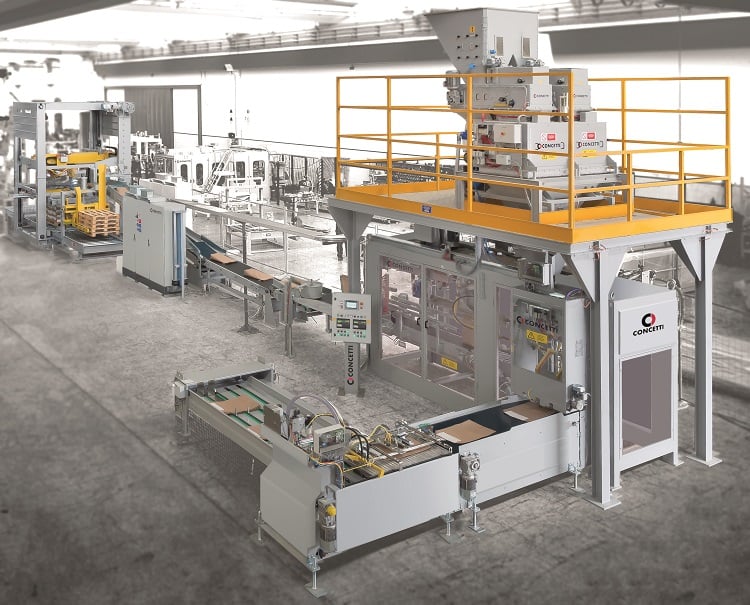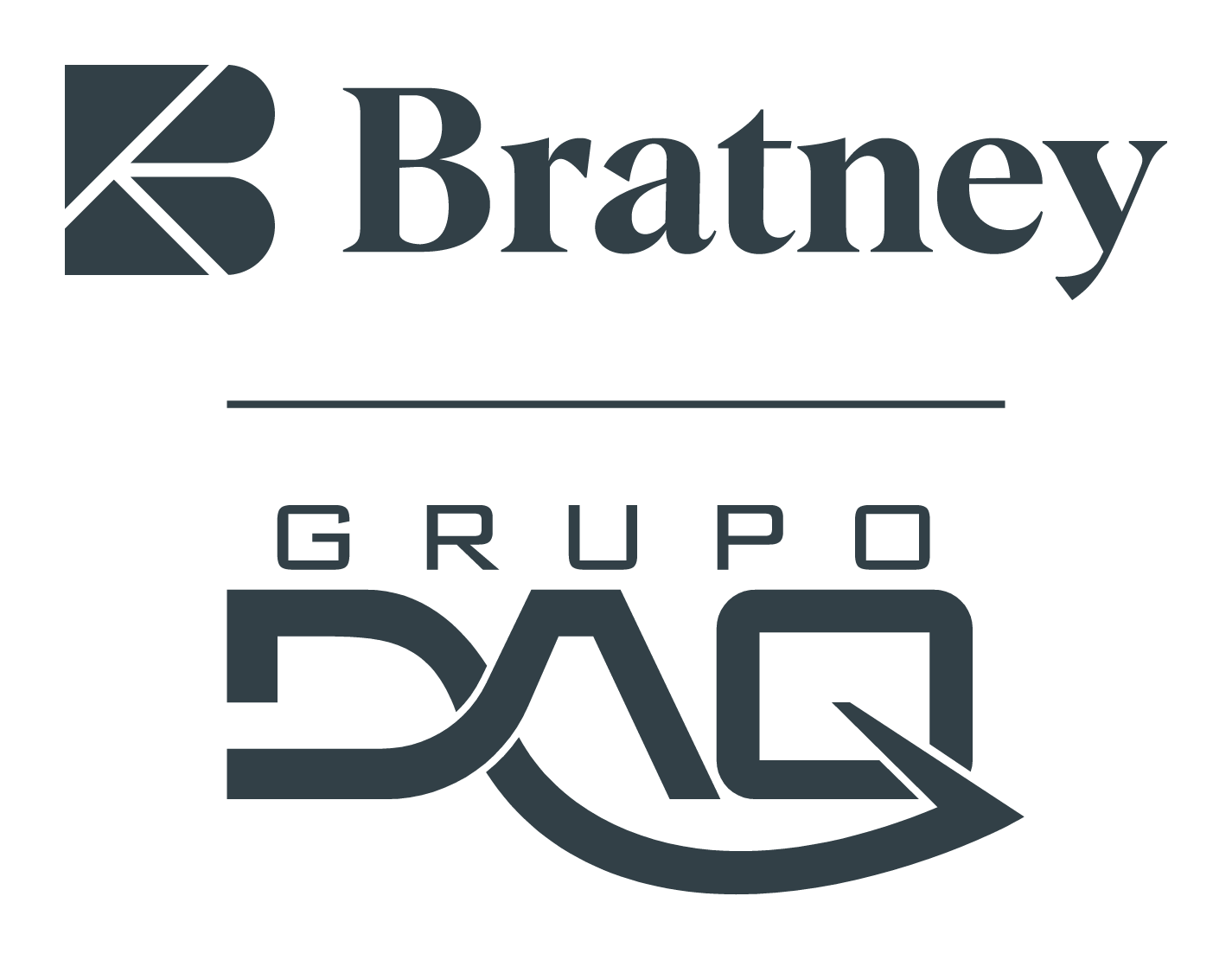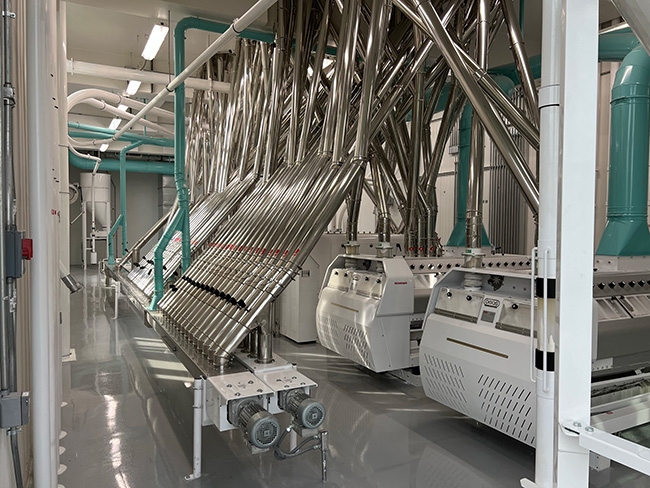Designing for Excellence: The Role of 3D Modeling in Agricultural Process Engineering
Written by: Bratney

Technology plays a major role in all facets of our society, including the use of 3D modeling software. This technology is not just for the gaming and architecture industries – it has opened doors for career opportunities within the agricultural field, as well.
As agricultural processing facilities look to update or build new spaces, optimizing the layout and workflow is crucial to creating the optimal efficient facility. Even small inefficiencies can result in unnecessary costs and quality issues. Utilizing 3D modeling software during the design process can maximize productivity from day one.
3D Modeling in Agricultural Processing
3D modeling allows companies to visualize and test different equipment placements and facility layouts in a virtual environment. They can identify potential bottlenecks or wasted movements before committing to any physical changes. The right software even allows them to simulate production runs to validate the workflow. This prevents expensive retrofitting down the road.
Benefits of 3D Modeling in Facility Design
Increased Efficiency
Improving the design of an existing agricultural facility, or building a brand new one, requires acute attention to detail. 3D modeling can give you a visual to work with so you can efficiently place equipment to potentially allow facilities to achieve higher throughput, even with the same amount of space and staffing they had before. Additionally, on retrofit projects, 3D scanning combined with 3D modeling helps eliminate any interference upfront in the design process.
3D modeling can also assist companies in identifying redundant components of their processes that don't add value, then adjust the layout to eliminate them. This gets product out the door faster without additional or unnecessary costs. It is also easier for many facilities to visualize the available maintenance space for equipment and clean out processes with the use of 3D modeling.
The use of this technology can allow engineers to see the visual concept of the facility sooner, which can lead to a quicker review and approval processes before any actual drawings are created.
Improved Quality and Enhanced Safety
Well-designed processing facilities also reduce the chances of defects, damage, and contamination, which improves the quality of the end product. Eliminating unnecessary steps lowers the risk of human error or equipment mishaps. With 3D modeling, companies can experiment with layouts to help prevent accidental contact with the product.
In addition to increasing the overall quality of the product, 3D software allows companies to identify and correct safety risks for the entire process. Engineers can utilize 3D technology to detect potential issues that could lead to worker injury. Blind spots, repetitive strains, and other safety hazards can then be completely avoided prior to construction or renovation of the processing facility.
Reduced Costs
By eliminating inefficiencies, companies may be able to reduce spending on utility bills and energy, as well as other associated costs, like maintenance and staffing. All unnecessary steps can be removed or optimized through 3D modeling that then translate to direct savings.
Utilities are an easy area to overlook during design, but something as simple as inefficient equipment placement adds up over time. Removing potential maintenance issues and planning proper access and protocols through 3D software also reduces maintenance expenses over the lifetime of the facility. Labor is another major cost for any facility, regardless of industry, so improving workflow and throughput allows staffing to remain consistent and at necessary numbers.
Flexibility for Future Changes
Even the most efficient layouts need to adapt eventually as business needs change and the agricultural industry evolves. Good design accommodates new equipment or production needs down the road.
With 3D modeling, companies can see if space has been allocated strategically to allow for expansion. This upfront planning prevents costly modifications later for upgrades. Models can also be adjusted digitally to test contingencies like adding a new production line. Having various scenarios already mocked up makes future changes faster and more affordable.
3D models of new equipment can be laid into a scan in order to visualize how that equipment will fit and interact with the existing facility processes. 3D scanning equipment provides the ability to scan entire facilities and save all the measurements needed to create the optimal layout designs. It drastically reduces the amount of time it takes to get measurements of a facility while also taking human error out of the equation.
Designing for Excellence
Utilizing 3D modeling in the design process allows agricultural facilities to improve performance and productivity before the construction of any new buildings or the renovation of current ones. The intricate visuals 3D provides can uncover inefficiencies and allows engineers to experience with the design and layout of equipment and other workflow mapping to streamline operations.
These optimized layouts provided by 3D capabilities have the potential to boost efficiency and bottom-line results. This benefits the quantity and quality of production, worker safety, cost efficiency, and future adaptability.
For more information on improving your facility’s design through 3D modeling, contact the experts at Bratney today! Need more general information on boosting efficiency of your operations? Browse our blog.


